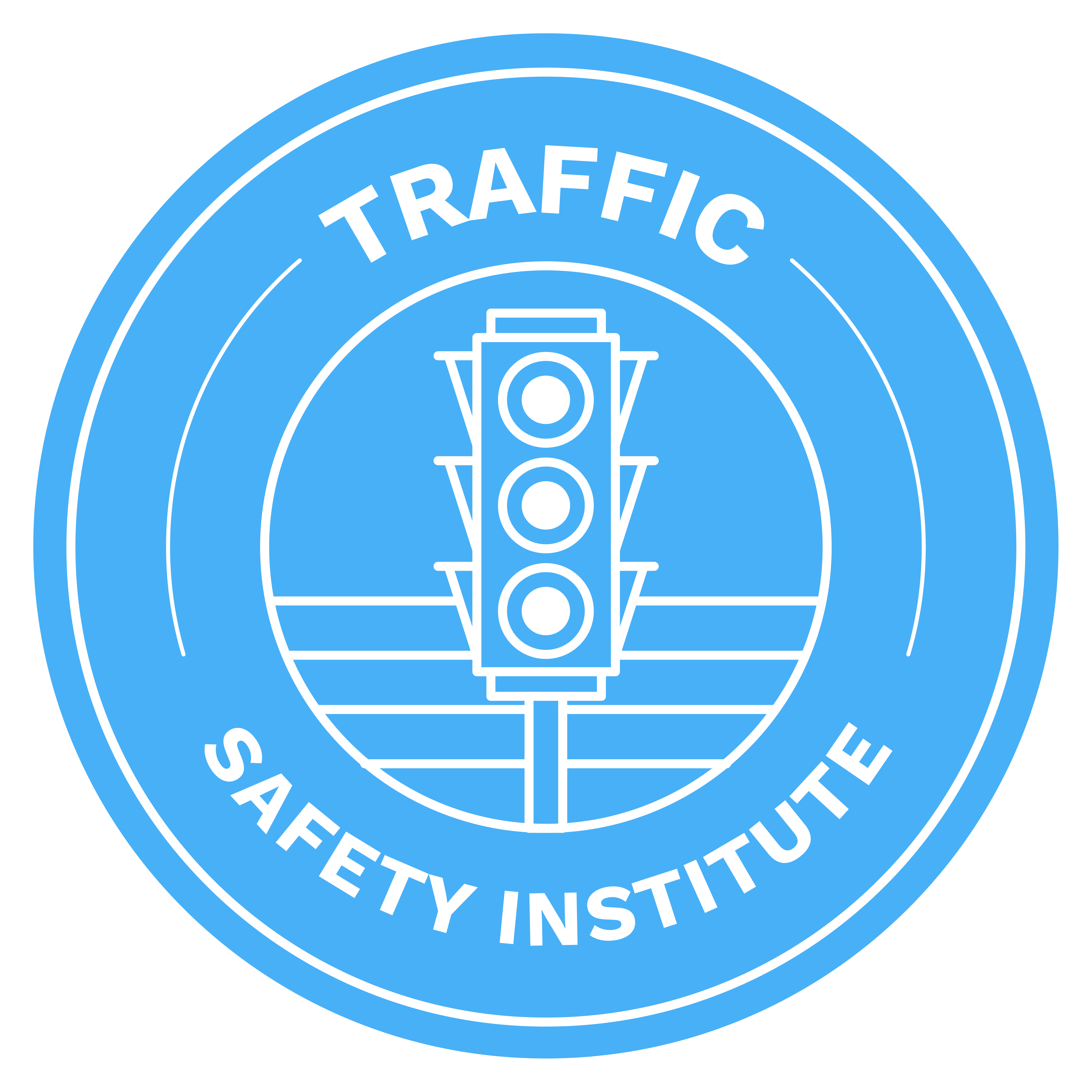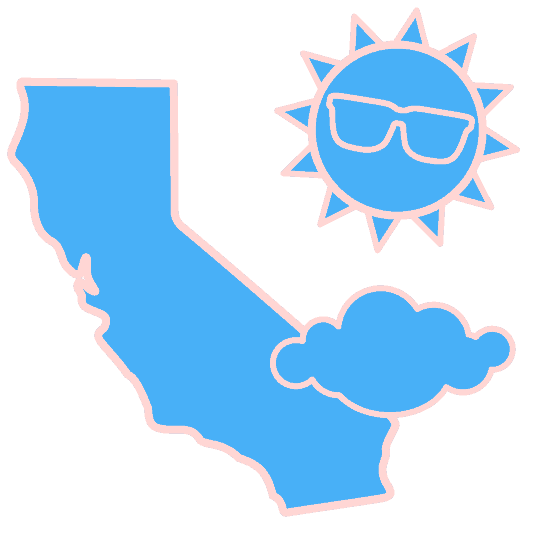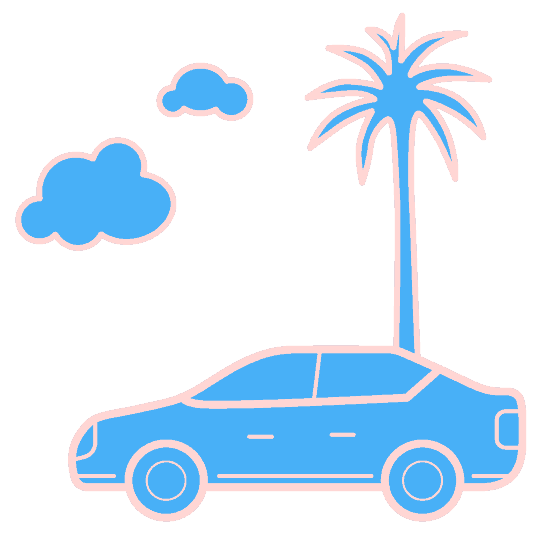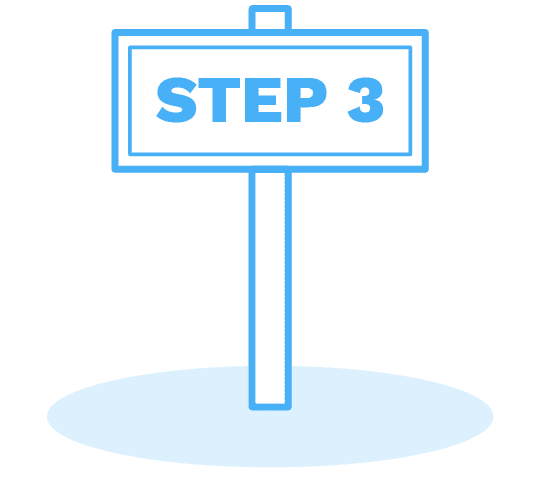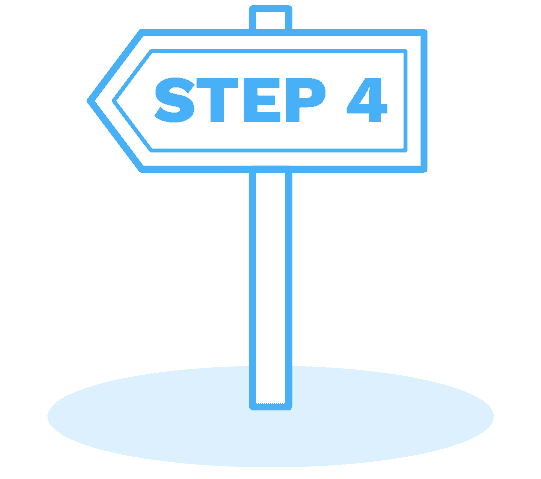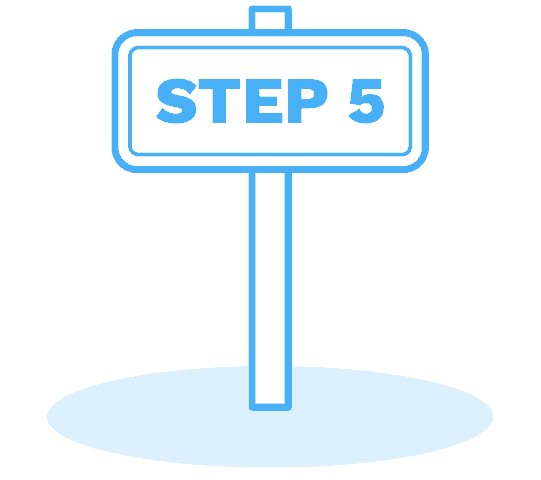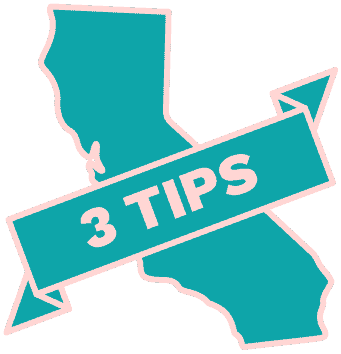What is a Driver’s License?
A California driver’s license (DL) is a card that gives you privileges to operate a motor vehicle.
A driver’s license can also be used as a form of personal identification — it contains your full name, birthday, mailing address, signature, photograph, and physical description.
Any time you operate a vehicle in the State of California, you must have your driver’s license with you.
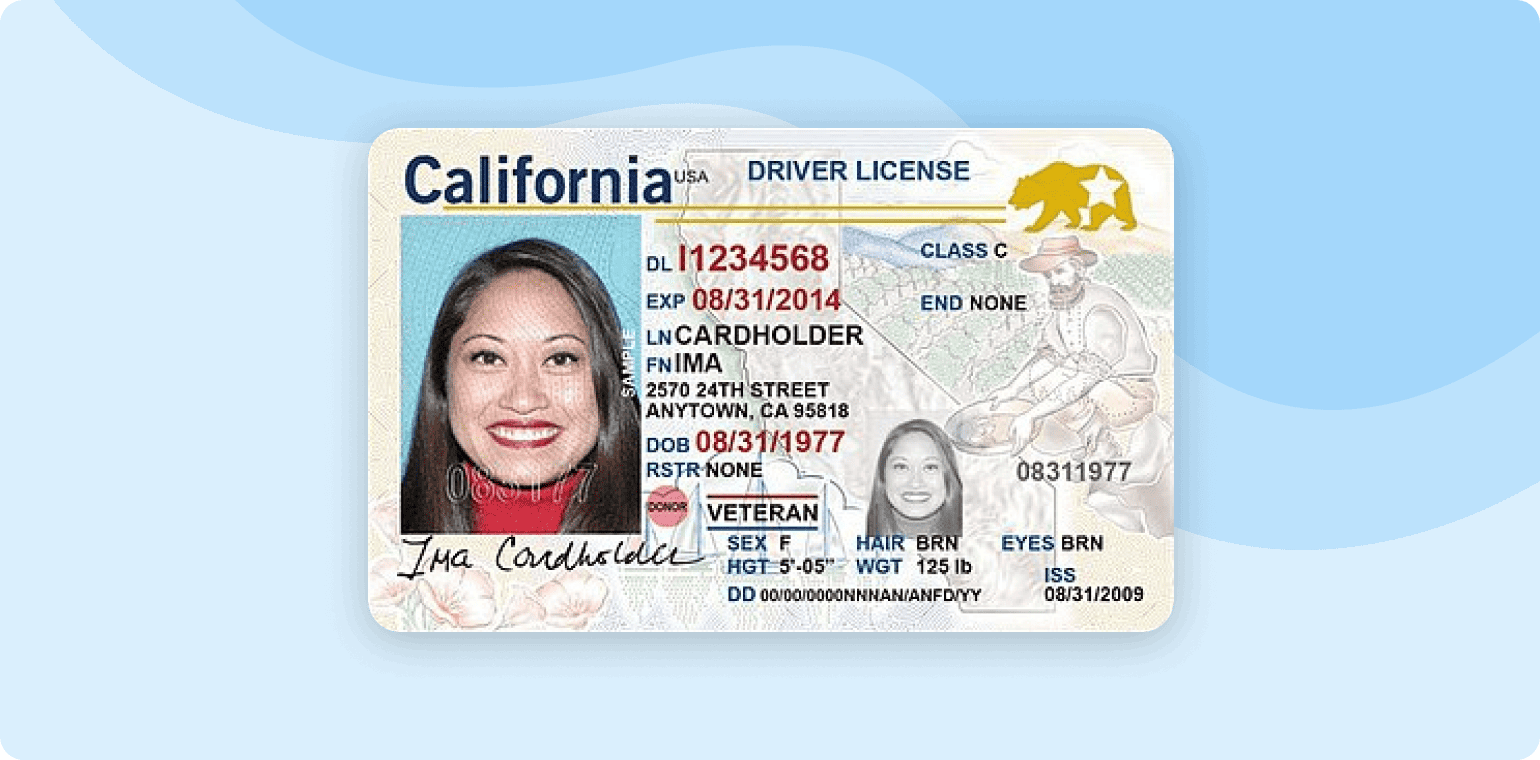
Are You Eligible to Get Your Driver’s License?
In California, you can start the process when you’re 15½ years old. You’ll be first issued a provisional instructional permit, also known as a learner’s permit. That means, after six months with your learner’s permit, you’ll be at least 16 when you get your license. You can be older, but you can’t be any younger than 16 to apply.
Exception If You Are 17½ Years
If you are at least 17 ½ years old, you can obtain an instruction permit without completing driver education or driver training. However, to get a DL, you must prove that you have completed driver education and training or wait until you are 18 to apply.
What Type of Driver’s License Do You Need?
There are different types of driver’s licenses that fall into two main categories: commercial and noncommercial.
Commercial driver’s licenses are for people who plan to drive as a job — like truckers or school bus drivers.
Noncommercial driver’s licenses are for people who just need to drive in their day-to-day lives. This is probably the type of driver’s license you need.
Noncommercial driver’s licenses also come in a few different subtypes that allow you to drive different types of vehicles. If you want to drive a motorcycle, travel trailer, or motorhome, you’ll need a special type of license to do so. But for the rest of this guide, we’ll be talking about regular Class C driver’s licenses, which allow you to drive a standard vehicle or truck for personal use on California roadways.
